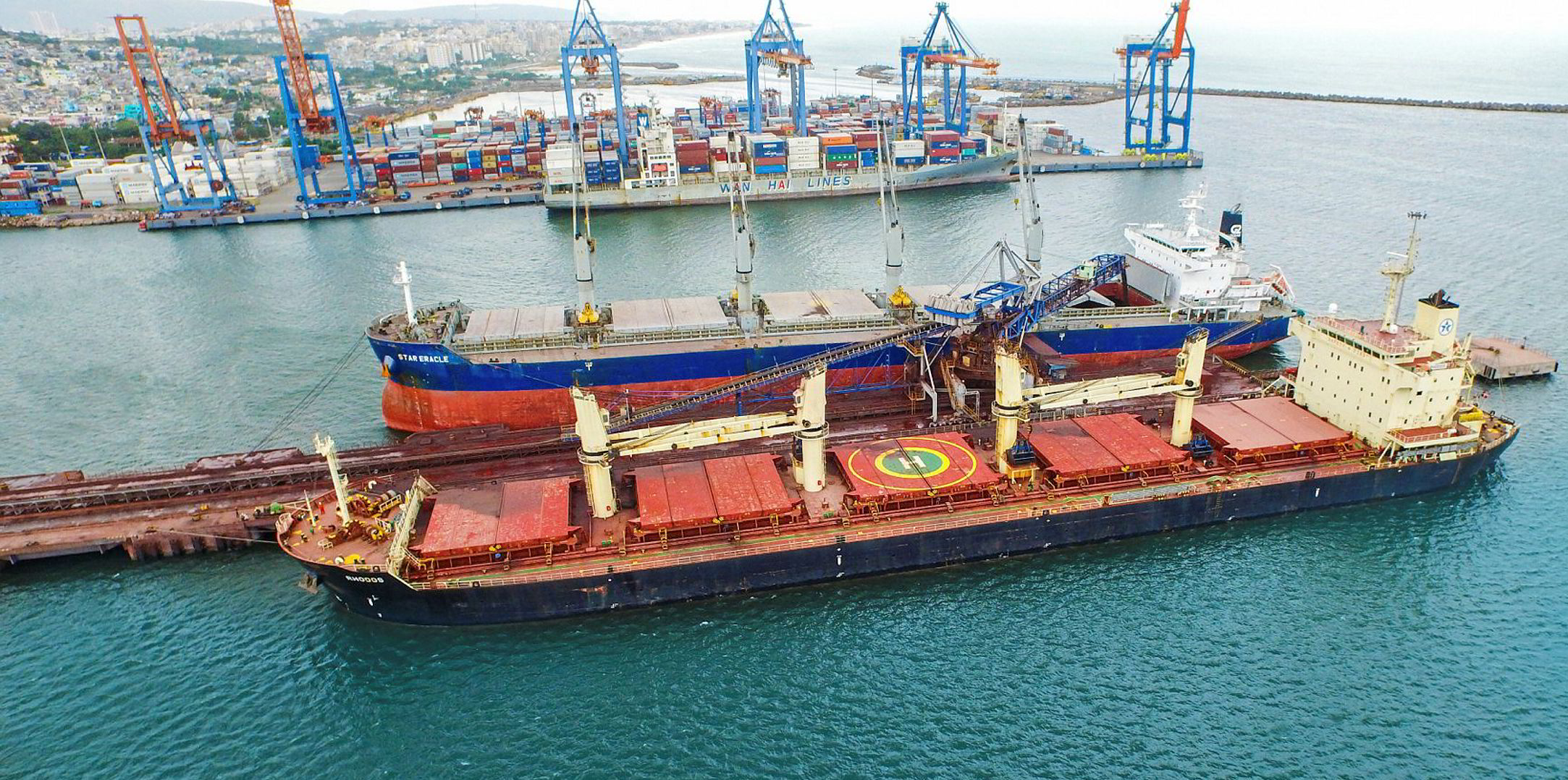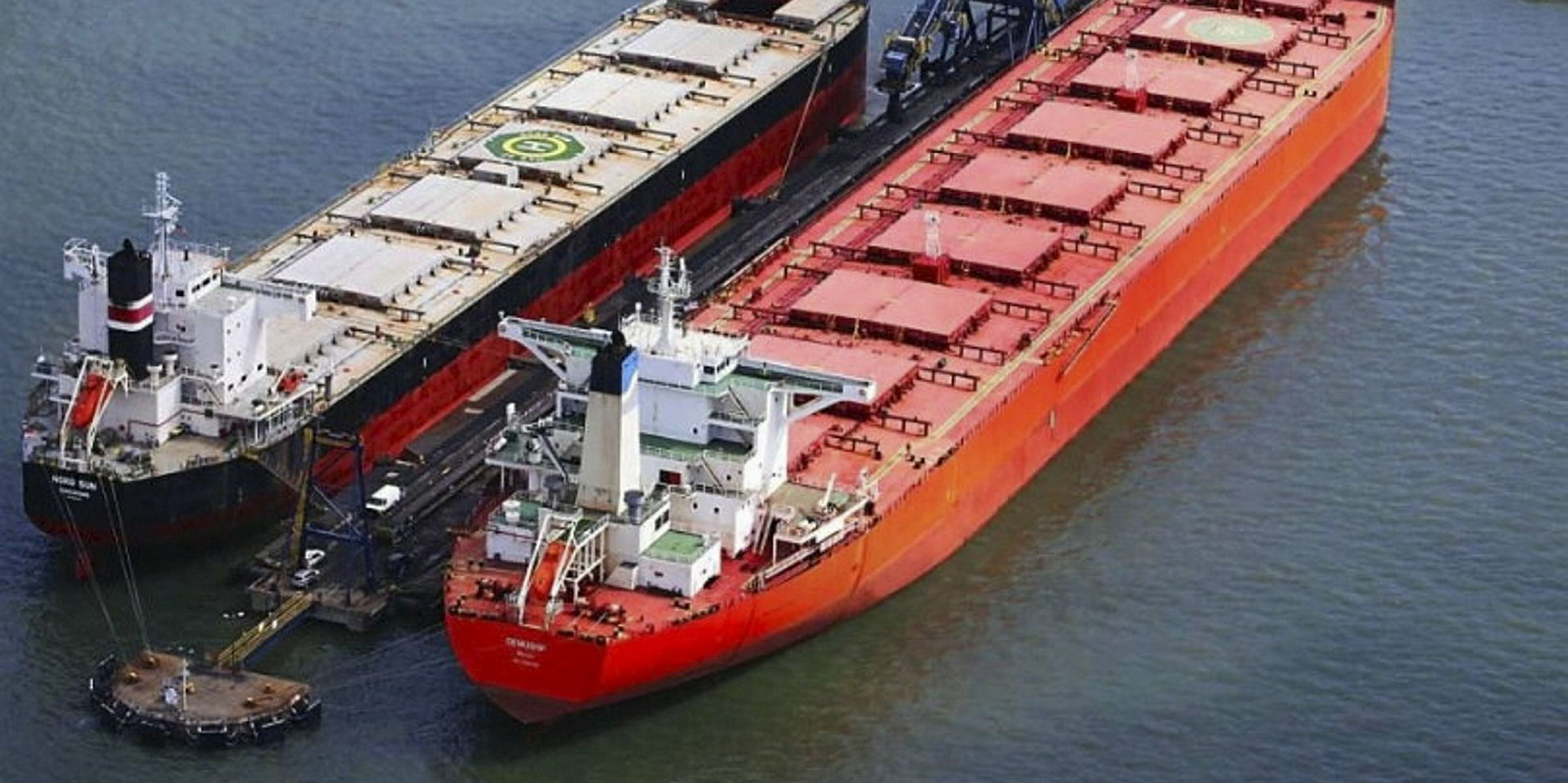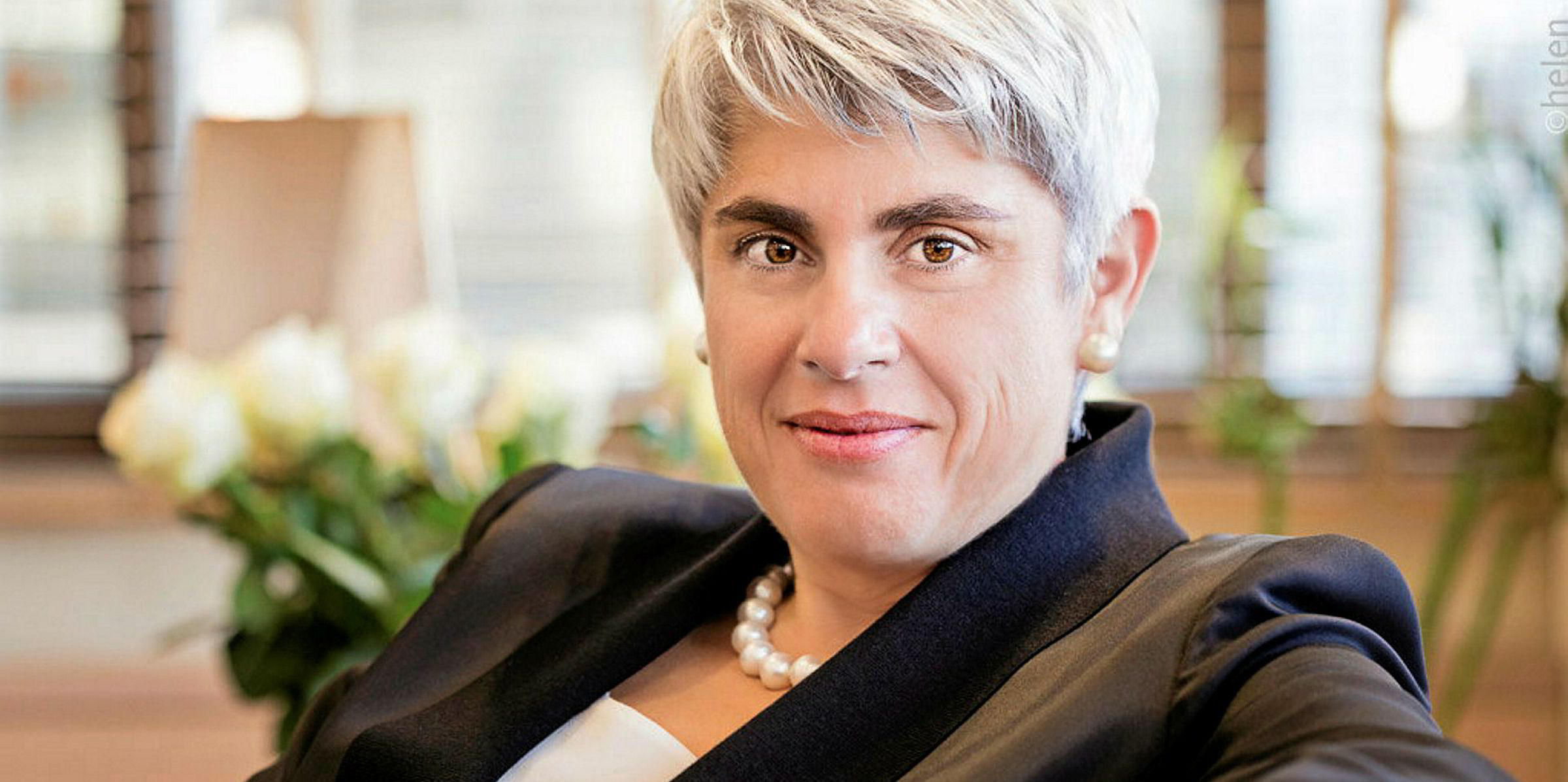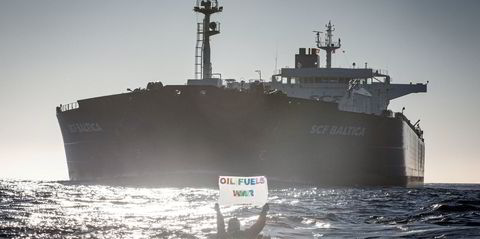Europe’s rejection of coal as an energy source could turn out to be a positive rather than a negative development for dry bulk markets in the near future, according to Fearnleys.
But it will be vessel supply not demand that will drive bulker market fundamentals in 2020 and the years ahead, the firm said at an investor conference in London on Monday.
European coal imports fell by 25% to 28% in 2019, but this could support the dry bulk market going forward, said Sverre Bjorn Svenning, senior analyst at Fearnresearch.
“Coal prices are in the toilet,” Svenning said, “[and] coal is the least preferred fuel in Europe.”
Russian coal exports that would have previously made their way to Europe are now bound for more distant markets in China, South Asia and South East Asia.
"This is a fantastic tonne-mile development, tying up a lot of tonnage," Svenning added.
The firm expects to see this trend play out in 2020 and 2021 and reflected on the shipping demand side.
Supply and demand
Fearnleys has downgraded its outlook for dry bulk shipping from "great" to "good" because it expects vessel supply growth to be a little too high this year.

Svenning said the general view for 2020 is that the market will average the highest since 2010, but this will be hampered by the huge wave of vessel deliveries scheduled during the first half of the year.
Trade growth is needed to tip the balance back into shipping's favour, the conference heard.
Fearnleys expects vessel supply to grow by 3% to 4% in 2020, compared with a 2% to 3% increase in demand, which is below levels seen in 2016 and 2017.
Demand should follow the cyclical upturn in economic growth.
Svenning said demand growth in the second half of 2019 was 4.3% above that seen in the same period of 2018.
The firm currently estimates the bulker orderbook stands at 9% of the live fleet, which it said is the smallest orderbook seen since 2002 for vessels of more than 50,000 dwt.
But vessel ordering activity remains low and the bulker orderbook for 2021 and beyond is thin.
Rates will remain above cash break-even but may not satisfy those looking for especially big returns on their investment in 2020, the firm said.
That being said, Fearnleys thinks 2021 could still be "great" for dry bulk, depending on how the global economy develops in 2020.
Risks to the sector include the continued use of scrap steel rather than manufacturing new, and inventory destocking in China, Espen Landmark Fjermestad said.
Stock picks
Fearnleys has the dry bulk sector designated as a "buy", but the conference heard there is "nothing much happening" in capital markets for bulker companies.
"Nobody asks us about dry bulk anymore and it feels a bit like the equities are in limbo and they're not particularly cheap," Fjermestad, a shipping analyst at Fearnley Securities, told delegates.
This is because the freight market is currently not doing enough to attract investors' attention to the sector, he said.
Star Bulk Carriers is the firm's top stock pick in dry bulk because its shares are currently priced at a similar level to its peers, but its large fleet of scrubber-fitted bulkers gives the company "superior" fuel economics, Fjermestad said.
A scrubber-fitted Star Bulk capesize vessel can currently achieve effective earnings of $20,000 per day, comprising freight plus a $10,000 daily scrubber premium, based on a bunker price spread of $350 per tonne, he explained.
On this basis, Star Bulk's enterprise value (EV) is around six times its Ebitda (operating profit), Fjermestad added.
"On $20,000-per-day capesize rates for ordinary ships, it's less than three times EV to Ebitda," he said.









